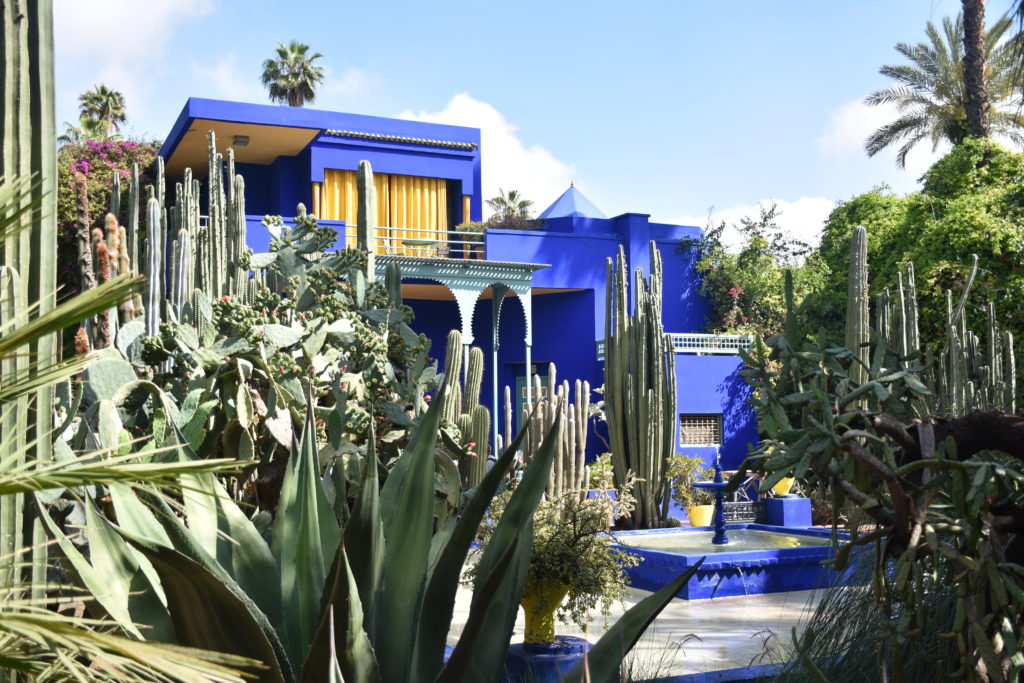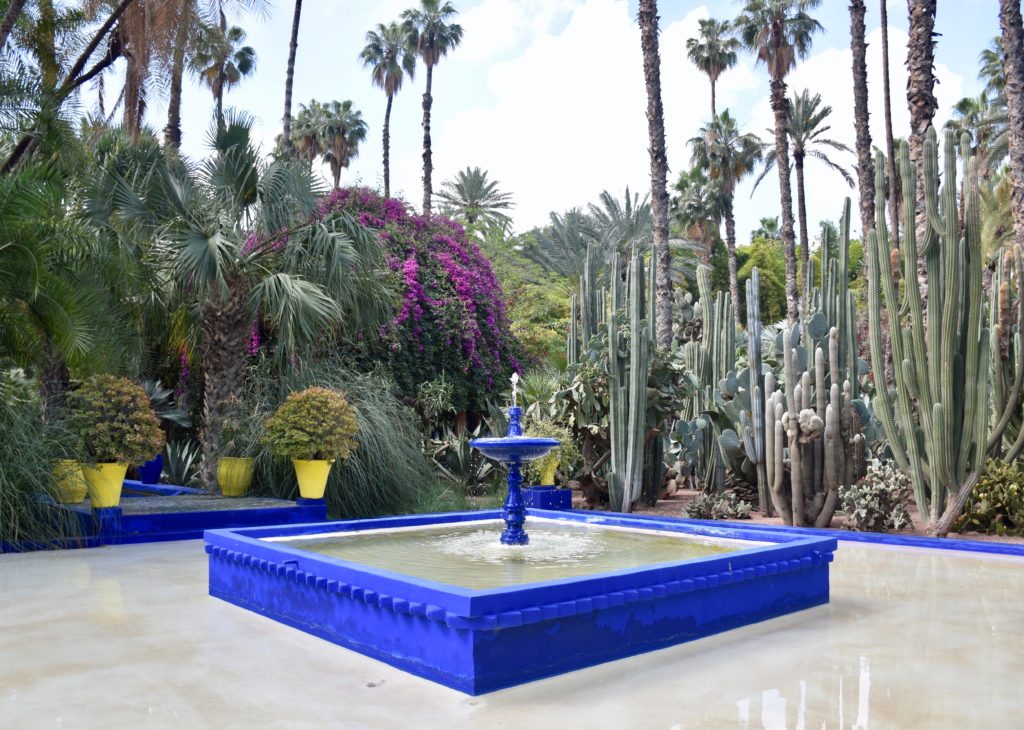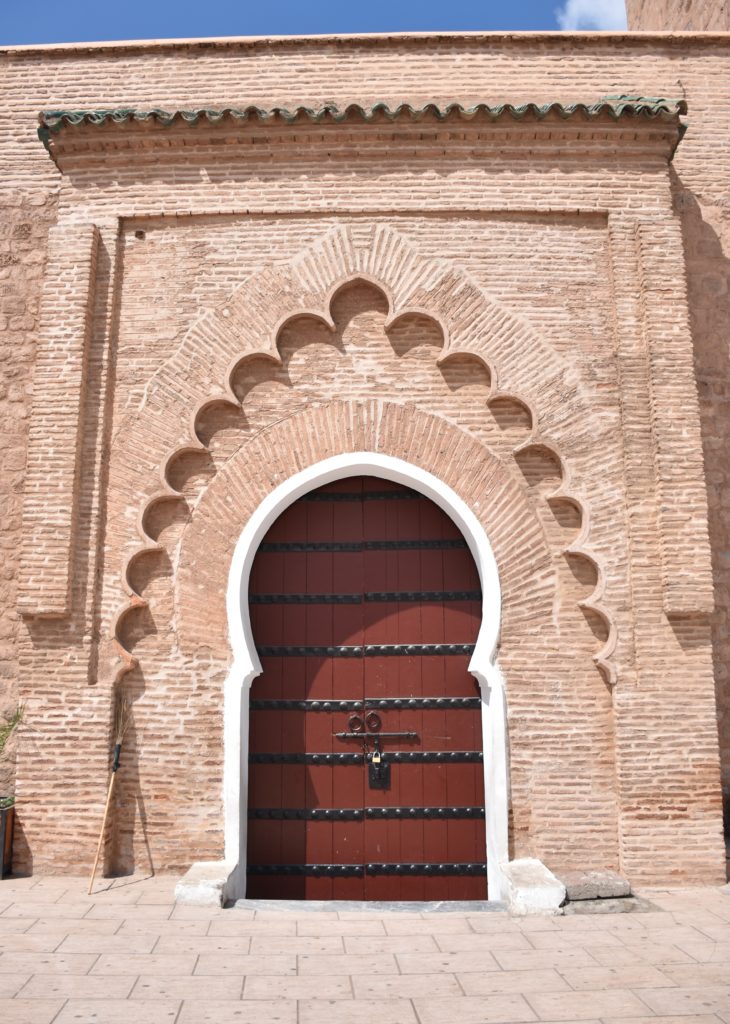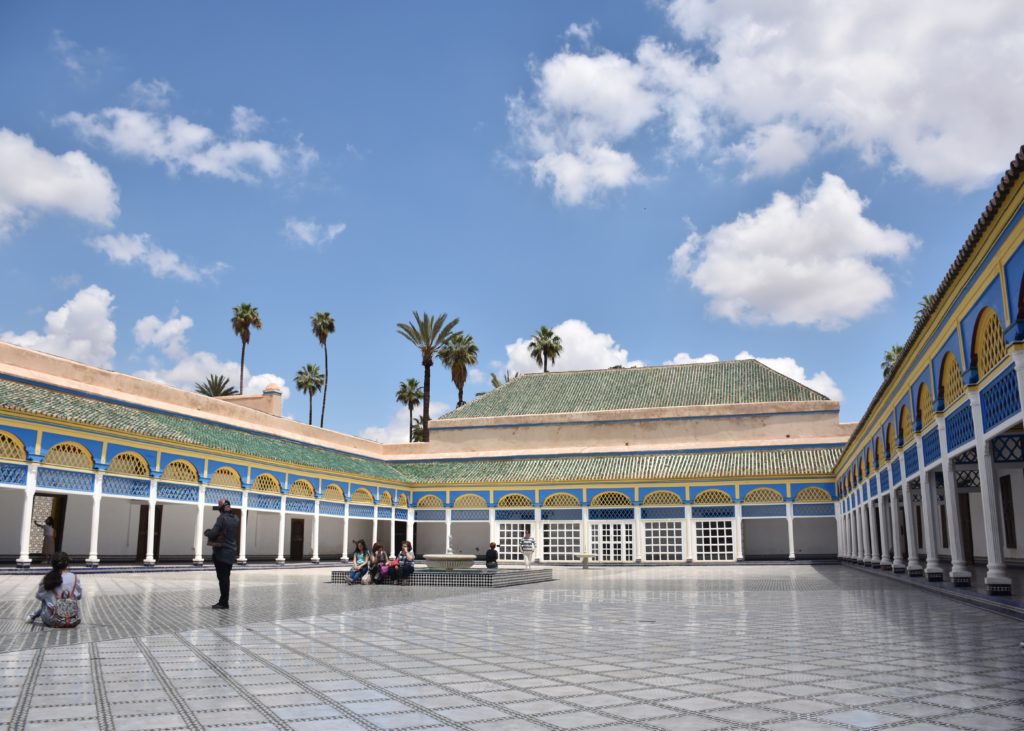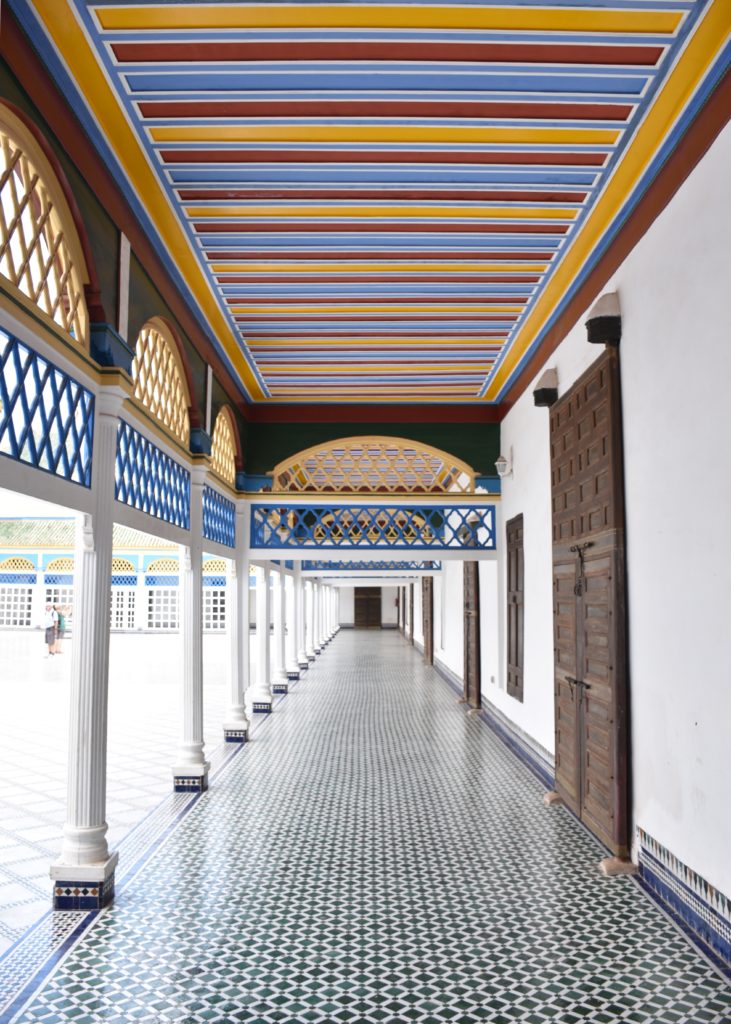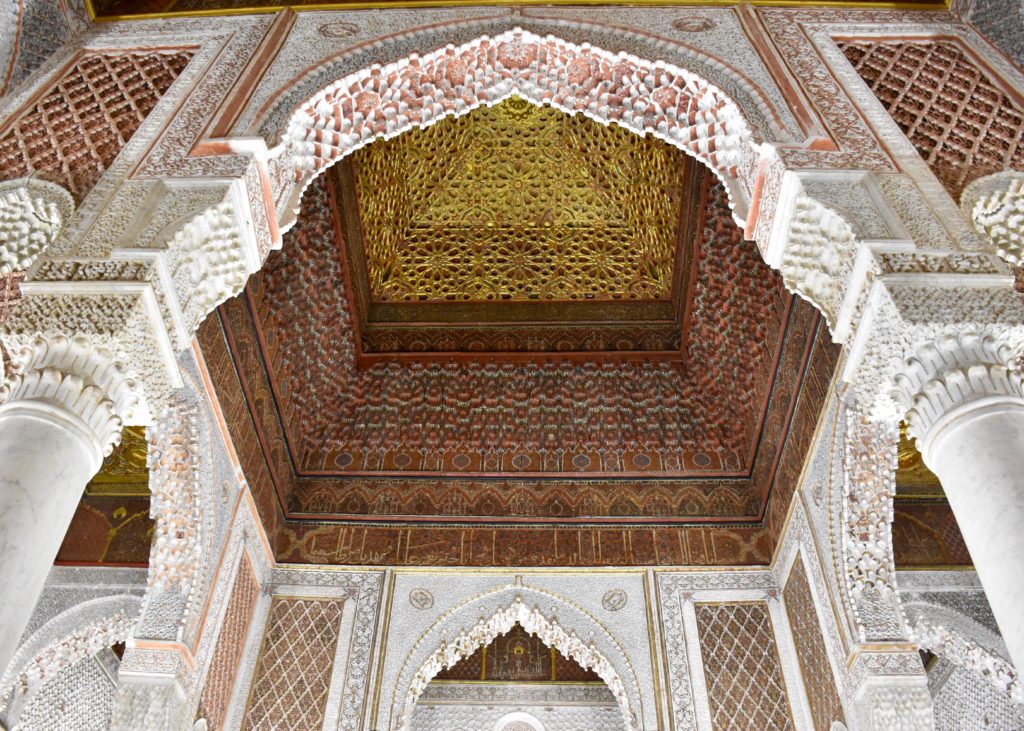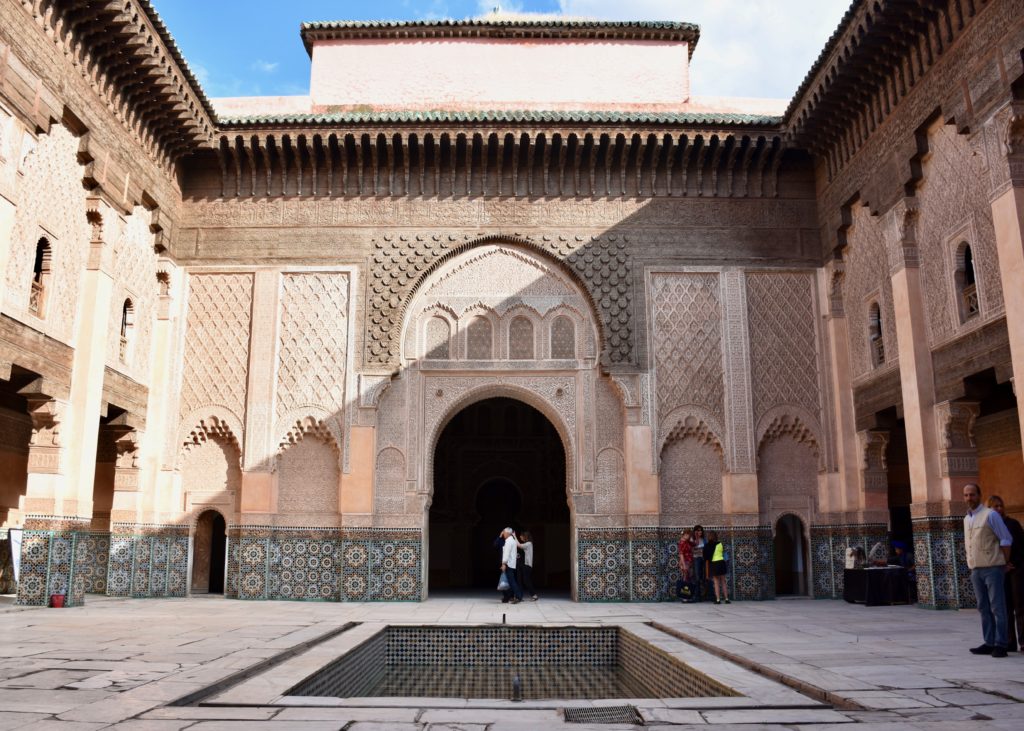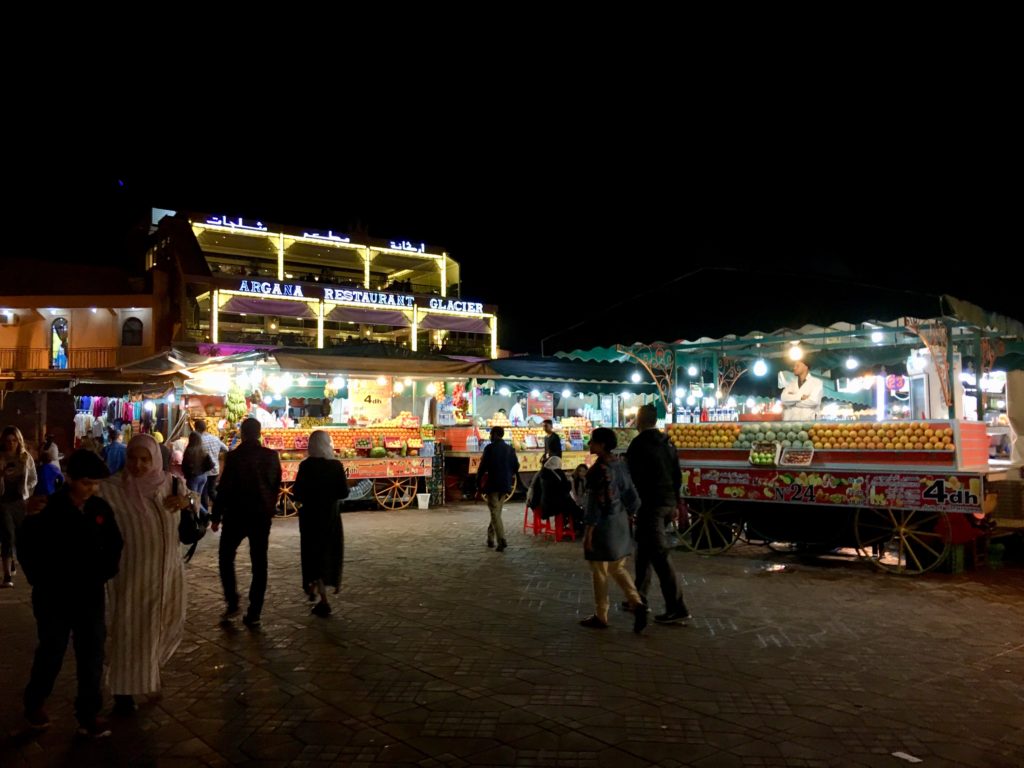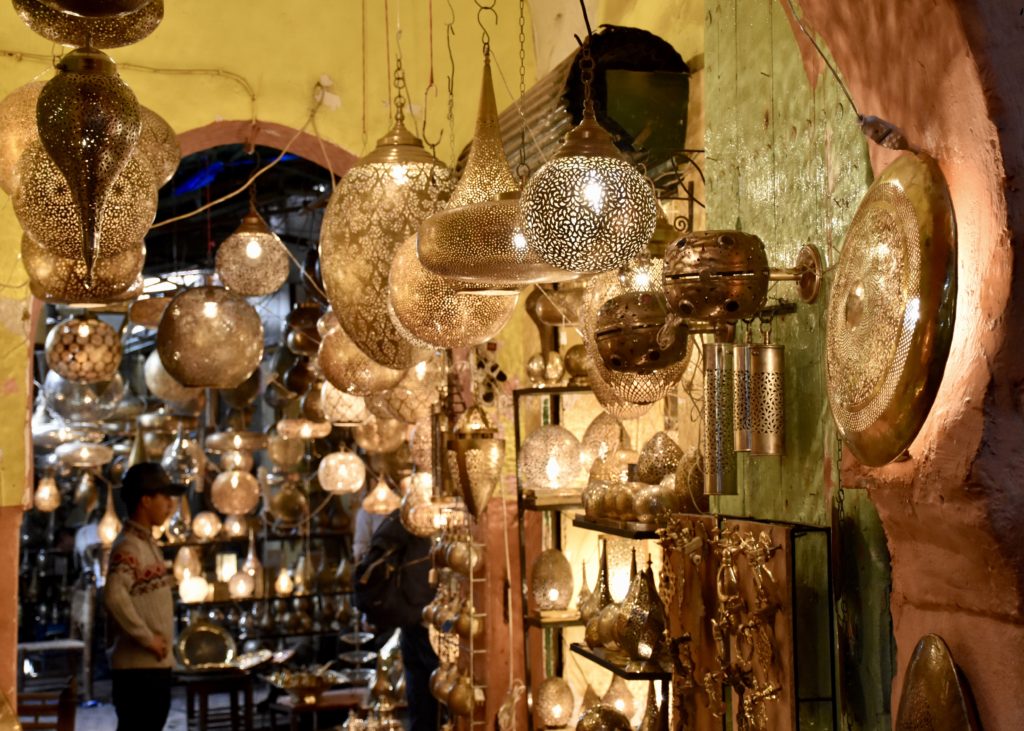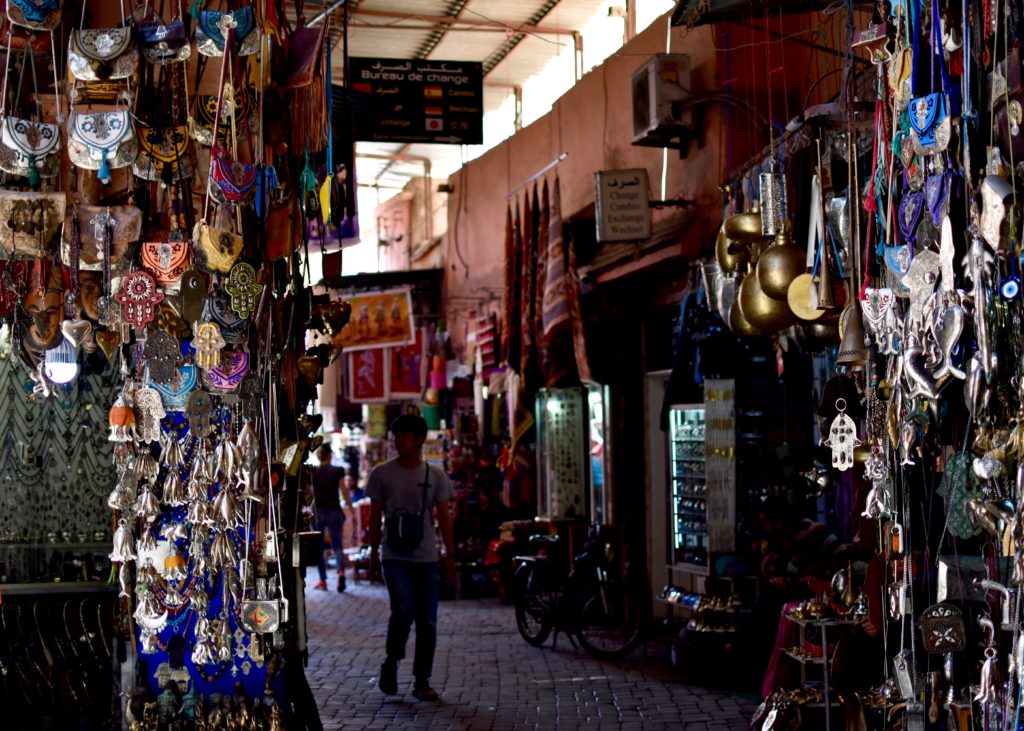Marrakech is everything that you’d expect from Morocco: an exotic desert oasis with massive and bustling markets. It’s my favorite place in Morocco.
Marrakech is a huge city, so there’s a lot to see. Most of my recommendations are focused on the medina (the ‘old city’), which in my opinion, is what makes this place feel so different than the ‘Western World.’ On the other hand, there are a ton of modern developments outside of the old city, and that’s where many Europeans spend their holidays. I’d skip the modern resorts and head into the Medina – you won’t regret it.
In April 2017, booked a day tour of Marrakech with Morocco Countryside Tours, a company I used in 2015 to explore the Atlas Mountains and Sahara Desert; I had an incredible experience with a friendly and hospitable guide (Ali from Rissani). This time, I took a tour with another Ali, a local who was born and raised in Marrakech. For 150 Euros, we had a private guide for three, a driver, entrance fees/tickets, and a full-day walking tour of the city and souks. Here were some of the highlights from our city tour with Ali:
Majorelle Garden
Originally owned by French painter, Jacques Majorelle, the gardens and mansion were purchased by the designer, Yves Saint Laurent. Today, it’s one of the most famous sites in Marrakech (and if I had to guess, the most Intragrammed place in Morocco). These enchanted gardens are beautifully manicured and an absolute MUST SEE.
Marrakech Medina
The medina, or old city, is surrounded by a wall, separating the old quarter from the modern city of Marrakech. Aside from the Majorelle Garden, the majority of what you’ll want to see are within these walls. They old city is a narrow maze and can be difficult to navigate, so I highly recommend hiring a guide to show you around (this will also keep hagglers off your back).
Koutoubia Mosque
This 12th Century mosque is the largest in Marrakech. The name comes from the many booksellers that packed Jemaa el-Fnaa square, adjacent to the mosque. The sandstone minaret is 77 metres (253 ft) high and topped with copper orbs. Legend has it that his same design was used at the blueprint for La Giralda in Sevilla, Spain.
Bahia Palace
Behind the walls of this two acre, 19th century palace lie the most exotic Islamic-Moroccan architecture in Marrakech. The name bahia comes from an arabic word meaning beautiful or brilliant.
There are dozens of gardens, courtyards and alcoves, each featuring its own theme and color palette. After weaving through dozens of lush gardens, you’ll make your way to the rear courtyard, which is surrounded by a rainbow-colored corridor and has a polished white marble floor to reflect the desert’s blue sky.
Saadian Tombs
These tombs date to the 16th century and contain the interments of sultan Ahmad al-Mansur and sixty members of the Saadi Dynasty, which ruled parts of Morocco from 1509 to 1659.
Ben Youssed Madrasa
This madrasa, or Islamic college, was founded in the 14th century by the sultan Abu al-Hassan. True to Islamic customs, the carved cedar doors and zellij tilework do not contain animal or human images; they consist entirely of Arabic inscriptions and geometric stars and roses.
Jemaa el-Fnaa and Marrakech Souks
The highlight of any city along the spice trading routes are the vibrant and aromatic souks (markets). The Marrakech medina has dozens of intertwined markets, all branching off the main square, Jemaa el-Fnaa. In these souks, you can buy almost anything: health and beauty products, spices, delicious sweets, lamps and furniture, shoes, livestock, and even Lionel Messi’s Barcelona FC shirt.
